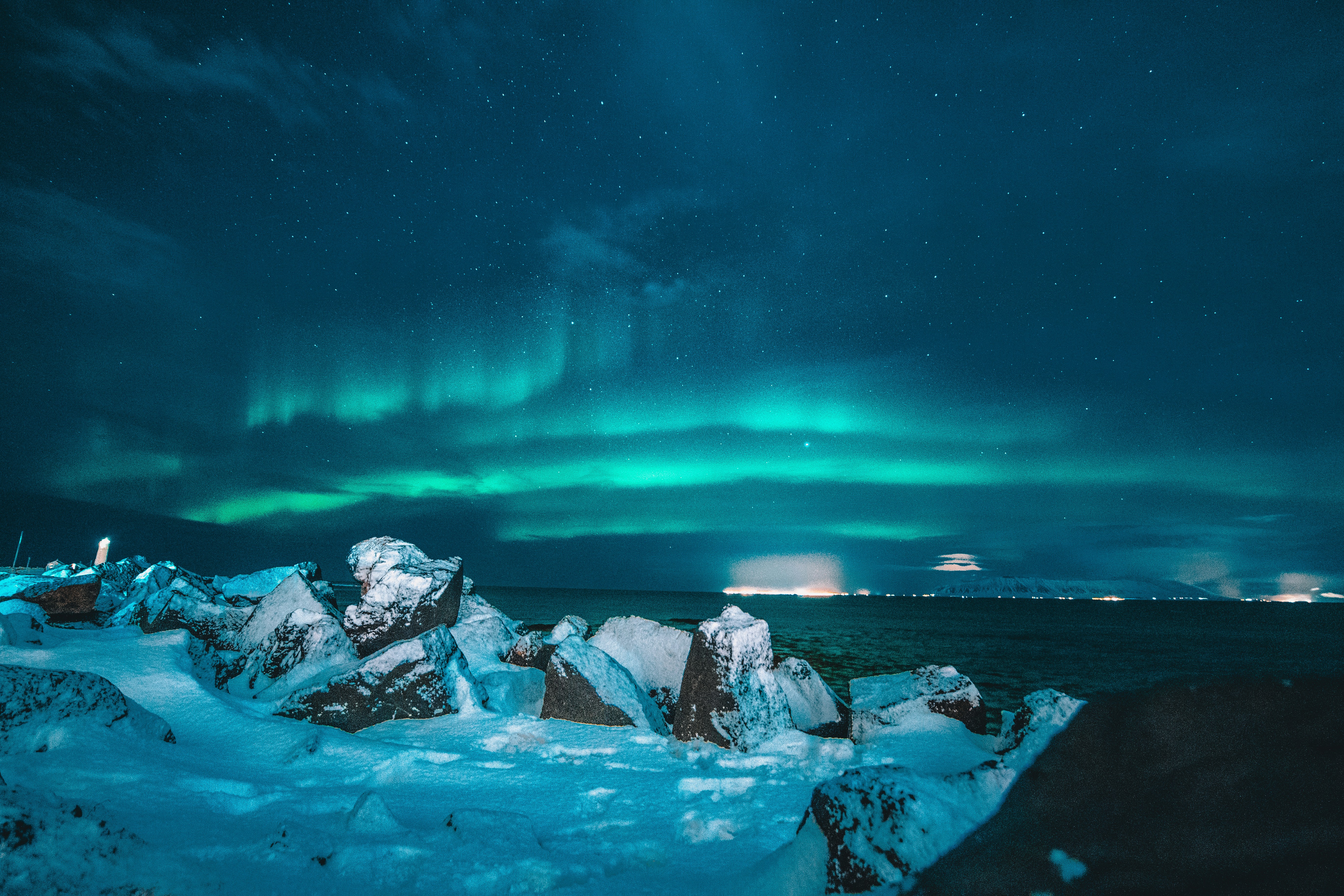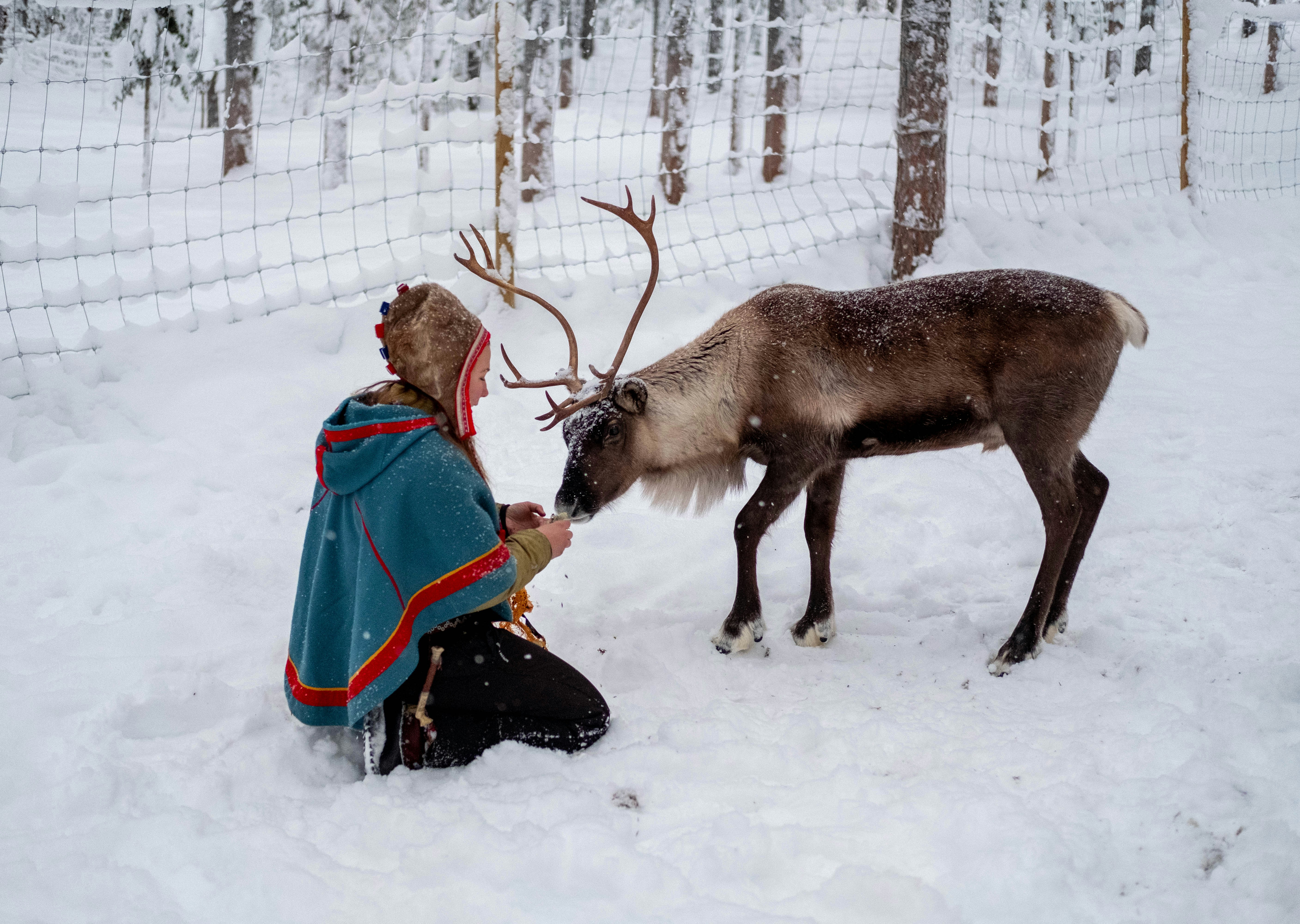Northern Lights Facts: 25 Fascinating Aurora Borealis Discoveries and Phenomena
Discover amazing northern lights facts about aurora science, history, and phenomena. Learn fascinating discoveries about the aurora borealis from expert research and observations.
Northern Lights Facts: 25 Fascinating Aurora Borealis Discoveries and Phenomena
The northern lights continue to amaze scientists and observers with their complexity, beauty, and surprising characteristics. From ancient mysteries to cutting-edge research discoveries, these fascinating northern lights facts reveal the incredible science and wonder behind one of Earth's most spectacular natural phenomena.
Scientific Facts About Aurora Formation
Fact 1: Northern Lights Occur 60-400 Miles Above Earth
The aurora borealis forms in the thermosphere and exosphere layers of Earth's atmosphere, with most displays occurring between 60-200 miles (100-300 km) above the surface. The highest aurora formations can extend up to 400 miles (600 km) into space.
Fact 2: Aurora Colors Depend on Altitude and Gas Type
- Green (most common): Oxygen at 60-190 miles altitude
- Red (rare): Oxygen at 190+ miles altitude
- Blue/Purple: Nitrogen below 60 miles altitude
- Pink: Combination of red oxygen and blue nitrogen
Fact 3: Aurora Activity Follows an 11-Year Solar Cycle
Solar maximum periods produce more frequent and intense aurora displays, while solar minimum creates fewer but more predictable aurora events. The current solar cycle began in 2019 and will peak around 2025-2026.
Fact 4: Earth's Magnetic Field Creates the Aurora Oval
The aurora typically appears in an oval-shaped region around the magnetic poles, expanding during high solar activity and contracting during quiet periods. This oval shifts with solar wind conditions.
Fact 5: Aurora Sounds Remain Scientifically Mysterious
While many observers report hearing crackling or whooshing sounds during aurora displays, the mechanism for aurora-generated sound remains debated among scientists. Proposed explanations include electromagnetic field interactions and charged particle effects.
Historical and Cultural Aurora Facts
Fact 6: Galileo Named the Aurora Borealis in 1619
Italian astronomer Galileo Galilei coined the term "aurora borealis" from Aurora (Roman goddess of dawn) and Boreas (Greek god of the north wind), though he incorrectly attributed the phenomenon to sunlight reflecting off the atmosphere.
Fact 7: Ancient Cultures Had Diverse Aurora Explanations
- Norse: Bridge between Earth and Asgard (Bifrost)
- Inuit: Spirits playing with walrus skulls
- Sami: Energies of the departed dancing in the sky
- Finnish: Caused by the arctic fox running so fast its tail swept snow into the sky
- Cree: Spirits of ancestors celebrating
Fact 8: The Carrington Event of 1859 Created Global Aurora
The most powerful geomagnetic storm in recorded history caused aurora visible as far south as the Caribbean. Telegraph systems worldwide failed, and some operators received electric shocks from their equipment.
Fact 9: Aurora Research Led to Modern Space Weather Science
Early aurora observations contributed to understanding Earth's magnetosphere, solar wind, and space weather phenomena that now affect satellite communications, GPS systems, and power grids.
Fact 10: Indigenous Arctic Peoples Used Aurora for Navigation
Traditional knowledge systems incorporated aurora patterns into navigation techniques, with experienced travelers reading aurora positions and movements to determine direction and weather changes.
Geographic and Timing Aurora Facts
Fact 11: Aurora Mirrors Exist in Both Hemispheres
Northern lights (aurora borealis) and southern lights (aurora australis) occur simultaneously in magnetically conjugate locations. When aurora appears over Norway, similar displays occur over Antarctica.
Fact 12: The Aurora Zone Shifts with Solar Activity
During quiet periods, aurora typically occurs between 65-72° latitude. During geomagnetic storms, the aurora oval can expand to cover areas as far south as 50° latitude.
Fact 13: Magnetic Poles and Geographic Poles Don't Align
Earth's magnetic north pole is currently located in northern Canada, about 500 miles from the geographic north pole, causing aurora activity to concentrate over northern Canada and Siberia rather than directly over the geographic pole.
Fact 14: Aurora Activity Peaks Around Equinoxes
The spring and autumn equinoxes (March 20 and September 22) often produce enhanced aurora activity due to optimal alignment between Earth's magnetic field and the interplanetary magnetic field.
Fact 15: Some Locations Experience Aurora 200+ Nights Per Year
Yellowknife, Canada, and Fairbanks, Alaska, can see aurora displays on more than 200 nights annually due to their position within the auroral zone and favorable weather conditions.
Surprising Aurora Phenomena Facts
Fact 16: Aurora Can Appear in Multiple Forms Simultaneously
Scientists have identified dozens of aurora types including arcs, bands, rays, curtains, coronas, and pulsating patches, often appearing together in complex, dynamic displays.
Fact 17: Rare Red Aurora Indicate Extreme Solar Activity
All-red aurora displays occur only during the most intense geomagnetic storms when solar particles penetrate deep into Earth's atmosphere, exciting oxygen at very high altitudes.
Fact 18: Aurora Can Interfere with Technology
Strong aurora events can disrupt GPS navigation, radio communications, and power grid operations. The 1989 Quebec blackout was caused by aurora-related geomagnetic activity.
Fact 19: Microwave Aurora Exist But Are Invisible to Eyes
High-frequency radio observations reveal "microwave aurora" that occur simultaneously with visible aurora but operate at frequencies beyond human perception.
Fact 20: Aurora Speed Can Exceed 4,000 Miles Per Hour
While aurora appear to move slowly across the sky, the underlying physical processes involve charged particles traveling at thousands of miles per hour along magnetic field lines.
Modern Research and Discovery Facts
Fact 21: Satellite Networks Now Monitor Aurora 24/7
Modern aurora research uses networks of ground-based magnetometers, all-sky cameras, and space-based observatories to continuously monitor aurora activity worldwide.
Fact 22: Aurora Photography Revolutionized Public Interest
Digital photography and social media have transformed aurora appreciation, with time-lapse videos and high-resolution images revealing aurora details invisible to the naked eye.
Fact 23: Climate Change May Affect Aurora Patterns
Atmospheric changes could potentially alter aurora visibility and characteristics, though research into these connections remains ongoing and results are preliminary.
Fact 24: Aurora Research Contributes to Space Exploration
Understanding aurora helps scientists design better spacecraft shielding and predict space weather hazards for astronauts and sensitive equipment.
Fact 25: Artificial Aurora Can Be Created in Laboratories
Scientists can generate small-scale aurora phenomena in vacuum chambers using magnetic fields and charged particles, helping test aurora formation theories.
Bonus Fascinating Aurora Facts
Aurora Photography Facts
- Camera Sensitivity: Modern cameras can capture aurora details invisible to human eyes
- Color Perception: Human eyes see mostly green aurora; cameras reveal full color spectrum
- Long Exposure Magic: Time-lapse photography reveals aurora movement patterns
- Social Media Impact: Instagram has over 2 million posts tagged #northernlights
Aurora Tourism Facts
- Economic Impact: Aurora tourism generates millions of dollars annually in Arctic regions
- Success Rates: Professional aurora tours achieve 85%+ success rates during peak season
- International Travel: Visitors travel from over 50 countries to see aurora displays
- Photography Tours: Specialized aurora photography workshops are among the fastest-growing tourism segments
Wildlife and Aurora Facts
- Animal Behavior: Some Arctic animals exhibit behavioral changes during strong aurora displays
- Migration Timing: Certain bird species may use aurora frequency as seasonal migration cues
- Reindeer Response: Sami herders report subtle changes in reindeer behavior during intense aurora activity
- Research Gaps: Scientists continue studying potential aurora effects on Arctic wildlife
Future Aurora Research Facts
- Space Missions: Upcoming satellite missions will provide unprecedented aurora observations
- Prediction Improvement: Advanced modeling aims to forecast aurora activity days in advance
- International Cooperation: Global networks coordinate aurora research across multiple countries
- Citizen Science: Amateur observers contribute valuable data to professional aurora research
Practical Aurora Facts for Observers
Viewing Statistics
- Naked Eye Limit: Faintest visible aurora requires KP index of 2-3 for northern locations
- Photography Enhancement: Cameras can detect aurora invisible to human vision
- Duration Ranges: Aurora displays can last from minutes to many hours
- Seasonal Availability: Northern hemisphere aurora season spans September through March
Weather and Conditions
- Clear Sky Requirement: Cloud cover completely blocks aurora visibility
- Light Pollution Impact: City lights reduce aurora visibility by 50-90%
- Moon Phase Effects: Bright moonlight can wash out faint aurora but illuminates foregrounds
- Temperature Independence: Aurora occurs regardless of surface weather conditions
Global Aurora Facts
- Planetary Phenomenon: Aurora occurs on Jupiter, Saturn, and other planets with magnetic fields
- Earth's Protection: Aurora activity indicates Earth's magnetic field successfully deflecting harmful solar radiation
- Energy Scale: Major aurora displays release energy equivalent to multiple nuclear power plants
- Frequency Patterns: Aurora activity correlates with solar rotation periods and seasonal variations
These fascinating northern lights facts demonstrate the incredible complexity and beauty of aurora phenomena. From ancient cultural interpretations to cutting-edge scientific research, the aurora borealis continues to inspire wonder and drive scientific discovery.
Understanding these facts enhances appreciation for aurora displays and connects observers to the vast electromagnetic processes governing our solar system. Each aurora sighting represents a visible manifestation of invisible forces operating on cosmic scales.
Discover these amazing northern lights facts firsthand during your stay at Lyngen Seaside, where expert guides share scientific knowledge and cultural stories that deepen appreciation for one of nature's most spectacular phenomena.

